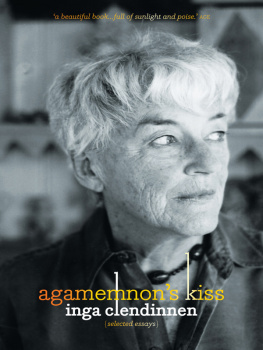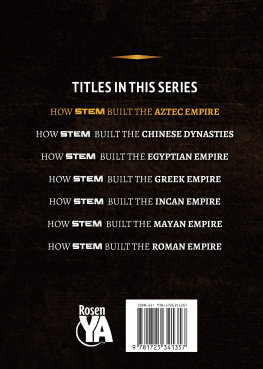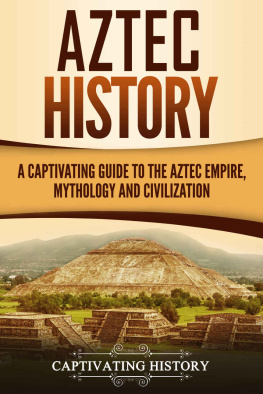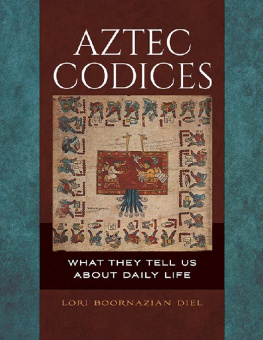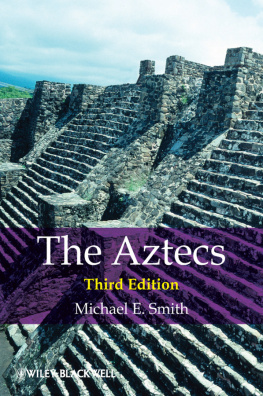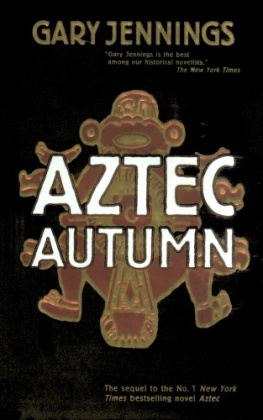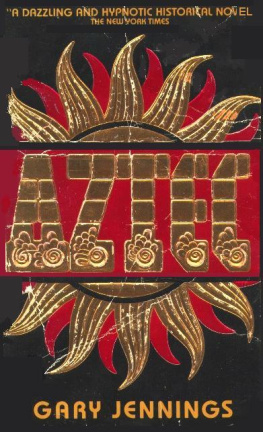University Printing House, Cambridge CB2 8BS, United Kingdom
Cambridge University Press is part of the University of Cambridge.
It furthers the University's mission by disseminating knowledge in the pursuit of education, learning and research at the highest international levels of excellence.
www.cambridge.org
Information on this title: www.cambridge.org/9781107693562
Cambridge University Press 1991 , 2014
This publication is in copyright. Subject to statutory exception and to the provisions of relevant collective licensing agreements, no reproduction of any part may take place without the written permission of Cambridge University Press.
First published 1991
Reprinted 1991, 1992
First paperback edition 1993
Reprinted 1993
Canto edition 1995
10th printing 2008
Canto Classics edition 2014
Printed in the United Kingdom by CPI Group Ltd, Croydon CR0 4YY
A catalogue record for this publication is available from the British Library
ISBN 978-1-107-69356-2 Paperback
Cambridge University Press has no responsibility for the persistence or accuracy of URLs for external or third-party internet websites referred to in this publication, and does not guarantee that any content on such websites is, or will remain, accurate or appropriate.
Acknowledgements
In preparing this manuscript I have enjoyed close to ideal working conditions, for a period of leave at the Institute for Advanced Study, Princeton, between August and December 1987, and at La Trobe University, which has supplied questioning but responsive students and colleagues, the expertise and generous good will of the staff of the Borchardt Library, and the small grants-in-aid from the School of Humanities which best carry this kind of long-term project along. The photographic material was elegantly prepared by Russel Baader and Lindsay Howe of the La Trobe University Reprography section. My colleague John Barrett and his wife Margaret came to my rescue at a time of crisis. Throughout I have been sustained by my publisher Frank Smith from Cambridge University Press, a deeply humane man in a profession not usually regarded as remarkable for that quality. I thank them all.
This being essentially an essay in interpretation, it rests heavily on the work of other scholars in a range of fields. Having no better than a nodding acquaintance with Nahuatl, I am especially indebted to Miguel Len-Portilla and his students, and to North American scholars like Frances Karttunen and James Lockhart for their readiness to share the fruits of their most taxing labours. My greatest debts are to Charles Dibble and Arthur Anderson, who gave years of exemplary and generous scholarship to the translation of the Nahuatl version of Fray Bernardino de Sahagn's General History of the Things of New Spain , so rendering that incomparable text generally accessible. But my debts are multiple, as I hope the notes and bibliography will make clear.
At all times I have taken courage from the writings of Clifford Geertz and E. P. Thompson as never-failing sources of instruction and delight. Over the years June Philipp, Rhys Isaac, Greg Dening, Donna Merwick, Sandra Lauderdale Graham, and more recently William Taylor have combined loving friendship with heartless criticism: a rare and invigorating combination. Despite the pressure of their own work, Rhys Isaac, Sandra Lauderdale Graham and William Taylor somehow found time to read and to comment on the whole first draft, and I am deeply grateful to them.
Throughout our years together my husband John has been the best of companions, in this as in all other pursuits. In the dedication of this book I join his name to that of Professor Max Crawford, the man who introduced me to the study of his kind of history more than thirty years ago, and whose depth of wisdom I am still discovering.
Antipodean Australia can seem very remote from Mesoamerica and the centres of Aztec studies to the north. But as I sit at my typewriter facing south towards the penguins, I comfort myself that distance too has its advantages. At least it gives a long perspective.
Acknowledgements for Literary Material and Illustrations
Beacon Press for the Nahuatl lament on p. 382, from The Broken Spears: The Aztec Account of the Conquest of Mexico , by Miguel Len-Portilla. Copyright 1966 by Beacon Press. Professor Gordon Brotherston, University of Essex, and Thames and Hudson Ltd. for the song-poems on pp. 313 and 314315, from Image of the New World: The American Continent as Portrayed in Native Texts , by Gordon Brotherston with Ed Dorn. Copyright 1979 by Thames and Hudson Ltd. Dr. T. J. Knab, Shandaken, N.Y., for the Nahuatl poem on p. 372, from Words Great and Small: Sierra Nahuatl Narrative Discourse in Everyday Life, 1983. Unpublished manuscript. Latin American Indian Literatures Journal , for the song-poems on pp. 312 and 314, from Andrew O. Wiget, Aztec Lyrics: Poetry in a World of Continually Perishing Flowers, Latin American Indian Literatures 4: 111, 1980, and for the song-poem on p. 302, from Miguel Len-Portilla, Translating Amerindian Texts, Latin American Indian Literatures 7: 10122, 1983. Copyright 1980 and 1983 by Latin American Indian Literatures. Stanford University Press for the song-poem on p. 313, from Cantares Mexicanos: Songs of the Aztecs , translated by John Bierhorst. Copyright 1985 by Stanford University Press. University of Oklahoma Press for the song-poem on p. 311, from Pre-Columbian Literatures of Mexico , by Miguel Len-Portilla, translated from the Spanish by Grace Lobanov and Miguel Len-Portilla. Copyright 1969 by the University of Oklahoma Press.
Color illustrations: New Fire Ceremony; a page from a tonalamatl; Quetzalcoatl and Tezcatlipoca; the festival of Ochpaniztli; Tlazolteotl giving birth: From the Codex Borbonicus, by courtesy of Akademische Druck-u. Verlagsanstalt: Codices Selecti (Series C, Mesoamerican Manuscript), Vol. 44, Complete true-colour facsimile edition, and the Bibliothque de lAssemble nationale Franaise, Paris. Feathered headdress: By courtesy of the Museum fr Volkerkunde, Vienna. Warrior costumes: From Codex Mendoza, by courtesy of the Bodleian Library, Oxford. The Milk Tree: From Vaticanus Latinus 3738 (Codex Vaticanus A., Rios), photograph Biblioteca Vaticana, by courtesy of the Biblioteca Apostolica Vaticana, Rome. Coatlicue; Coyolxauhqui Relief, Templo Mayor Project: By courtesy INAH.-CNCA.-MEX., Mexico. Seated Xipe Totec: By courtesy of the Museum fr Volkerkunde und Schweizerisches Museum fr Volkskunde, Basel. The red Xipe Totec: Courtesy of F. Hbert-Stevens and Claude Arthaud.
Black and white illustrations: The Spanish view of ritual killings: Codex Magliabechiano, by courtesy of the Biblioteca Nazionale Centrale of Florence. Tira de la peregrinacin: By courtesy of the Biblioteca Nacional de Antropologa e Historia, Mexico City. The Eagle Man flies upwards: Malinalco Drum, by courtesy of INAH.-CNCA.-MEX., Mexico. The Face of Battle, Tlazolteotl giving birth: By courtesy of the Dumbarton Oaks Research Library and Collections, Washington, D.C. Aragonite squash; granite rattlesnake: By courtesy of the Trustees of the British Museum, London. Quetzalcoatl figure: Upright Feathered Serpent: By courtesy of the Museum fr Volkerkunde, Vienna. Red porphyry Quetzalcoatl: By courtesy of the Muse de lHomme, Paris. Deerskin screenfold: By courtesy of the Board of Trustees of the National Museums and Galleries on Merseyside. The Spanish penetrate the main temple precinct of Tenochtitlan: Lienzo de Tlaxcala, by courtesy of the Bodleian Library, Oxford.



